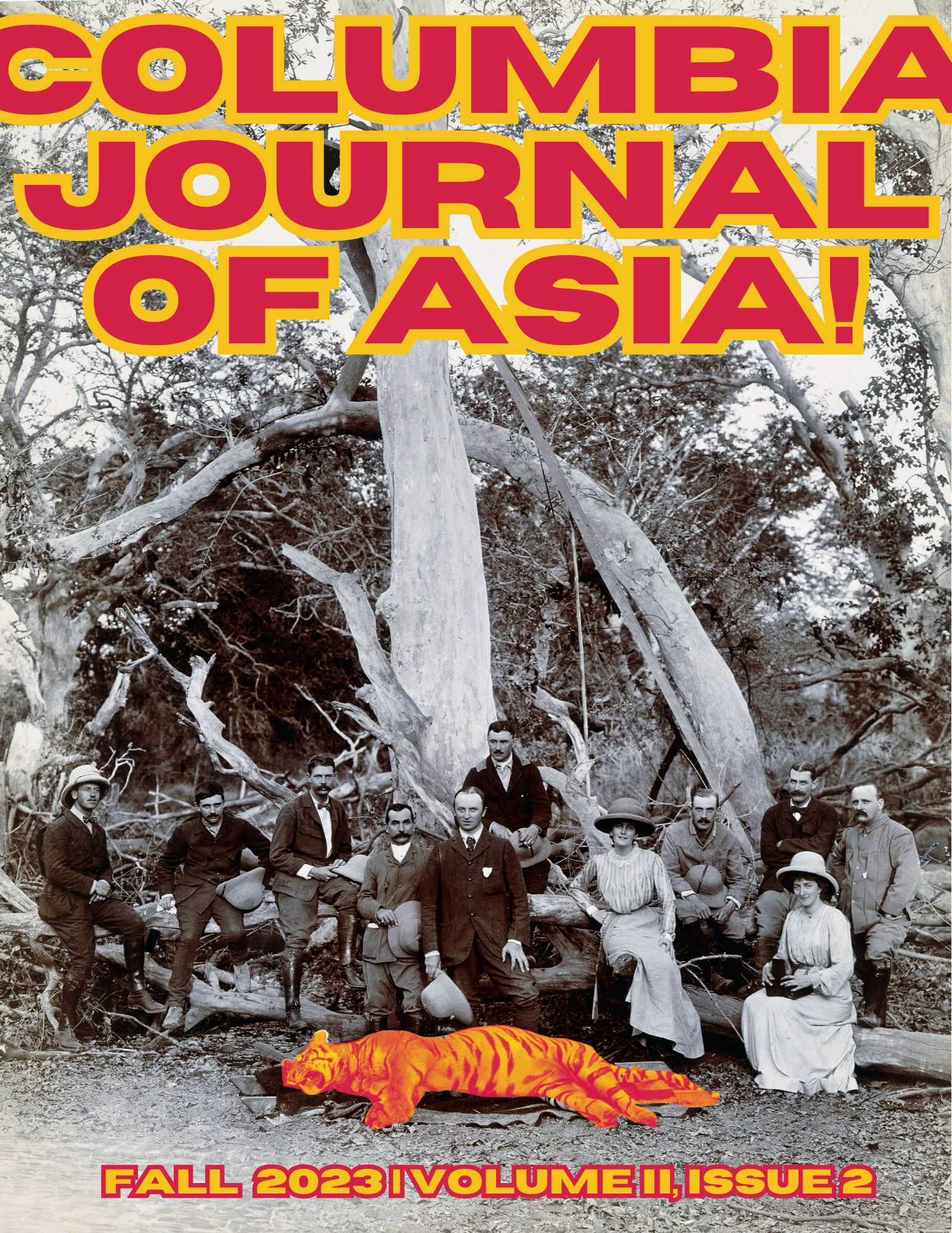Abstract
In some schools of Chinese Buddhism, it was believed that after death, the deceased passed through the courts of the Ten Kings of Hell before being reborn. Paintings depicting this theme act as manifestations of the kings’ courts, instilling fear in the viewer through their vivid depictions of the king as a judge overseeing the torture of the deceased. Existing scholarship on the Ten Kings focuses on the iconography and style of Tang (618-907) and Song (960-1279) dynasty examples, emphasizing a compositional evolution from the iconographic and narrative, scripture-based modes, to the hanging scroll format, where each king is represented in his own court. However, limited surviving paintings from the Ming dynasty (1368-1644) leave a gap in the understanding of the Ten Kings and Buddhist hell during this time period.
Using a five Ming dynasty Ten Kings of Hell scrolls at the Harvard Art Museums, I argue that religious contexts, visual characteristics, and intermedial references within these paintings embody the notion of the intermediate. Hell in Chinese Buddhism is a state of intermediate existence; I first discuss the ritual contexts and religious iconographies of these paintings as visualizing the passage between death and rebirth. Next, I analyze the visual and stylistic characteristics of the Harvard set, assessing how pictorial motifs are arranged and recycled throughout the set in a formula that allows the paintings to convey the notion of a liminal, intermediate space. Finally, I discuss how the pigments in the Harvard set perform reference textiles and decorative arts of the Ming dynasty; these period-specific references mediate the experience of the viewer by creating a convincing and comprehensible vision of hell.

